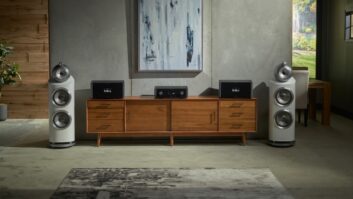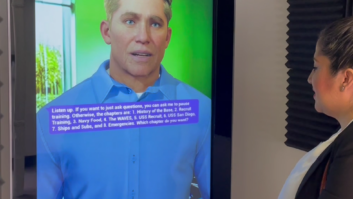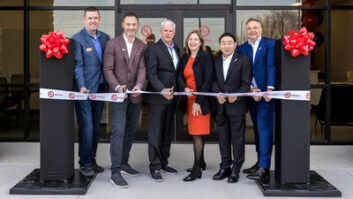Few manufactures ever think in terms of not selling a particular retailer. For most, the extent of their channel strategy is essentially “If they’ve got the money (and sometimes even if they don’t) I’ve got the product.”
This is a problem. When it comes to retailing in general and CE specialty retailing in particular, real channel strategy is more important to manufacturers than any other single marketing or sales factor that they can manipulate.
Retailers are in a seemingly constant state of flux and as a result, manufacturers should never assume market stability because it does not exist. Consider this: According to the National Retail Federation’s Stores Magazine, five of the top 20 retailers in 1997 failed to make the list five years later, and some of those who did were in sales declines severe enough to require Chapter 11 protection.
Today, many look at Wal-Mart as either the second coming or the anti-Christ of retailing, although all agree it is, to understate, big. So big in fact that many think the chain will never surrender its dominate market position. I disagree and am not alone. A recent issue of The Economist cites H-E-B, a distressed supermarket retailer operating in Texas and Mexico that revitalized its business — as well as its ability to compete with Wal-Mart — with a concept it calls “Central Market.” In short, H-E-B’s evolution allowed it not only to survive but to compete on a scale few would have thought possible. And if H-E-B didn’t develop the Central Market concept, somebody else surely would have.
The article goes on to suggest that the allure of Wal-Mart’s “everyday low prices” will temper as the ability to lower retails reaches an inevitable floor. At that point, those consumers who expect more than just low price will favor products and retailers that offer more. And if shoppers cannot find that among existing retailers, new ones will arise which do.
When it comes to retailing, what works today will most likely not work tomorrow. The trick is to identify the “next big thing” while it is still “next.” But what’s worse than not thinking about what will be is to expect what is to continue. Look around you. How many one-time top CE retailers can you name that no longer exist?
My predictions? Within the next five years:
• Presuming they do not significantly alter their current business models, Best Buy, Circuit City or both will be significantly downsized, at best to the point of becoming a much smaller regional division of some other entity, or at worse gone altogether.
• A new strata of mid- to high-end regional retailers will emerge that “morph” from successful hybrid brick-and-mortar/Internet retailers that are just now gaining share. These multi-channel retailers may evolve from existing companies whose once successful concepts required revision, a la H-E-B’s Central Market.
• New “national” CE retailers will arrive. Though largely Internet based, they will provide locations, which may or may not be owned by them, for some form of product touch and feel demonstrations.
• “Consulting installers” will continue to flourish, particularly for home A/V but also for wired and wireless networked homes. Much of the growth in this area may come from completely different distribution that does not currently exist.
As with all predictions, what comes to pass is not as important as the need to recognize that change is both inevitable and positive. I continue to be amazed at how much product the CE industry sells in spite of itself, albeit at lower price points than is necessary or good for the industry. Pricing could be a lot higher, and the good news is I predict it will be after a renaissance in how product finds its way to consumers.













